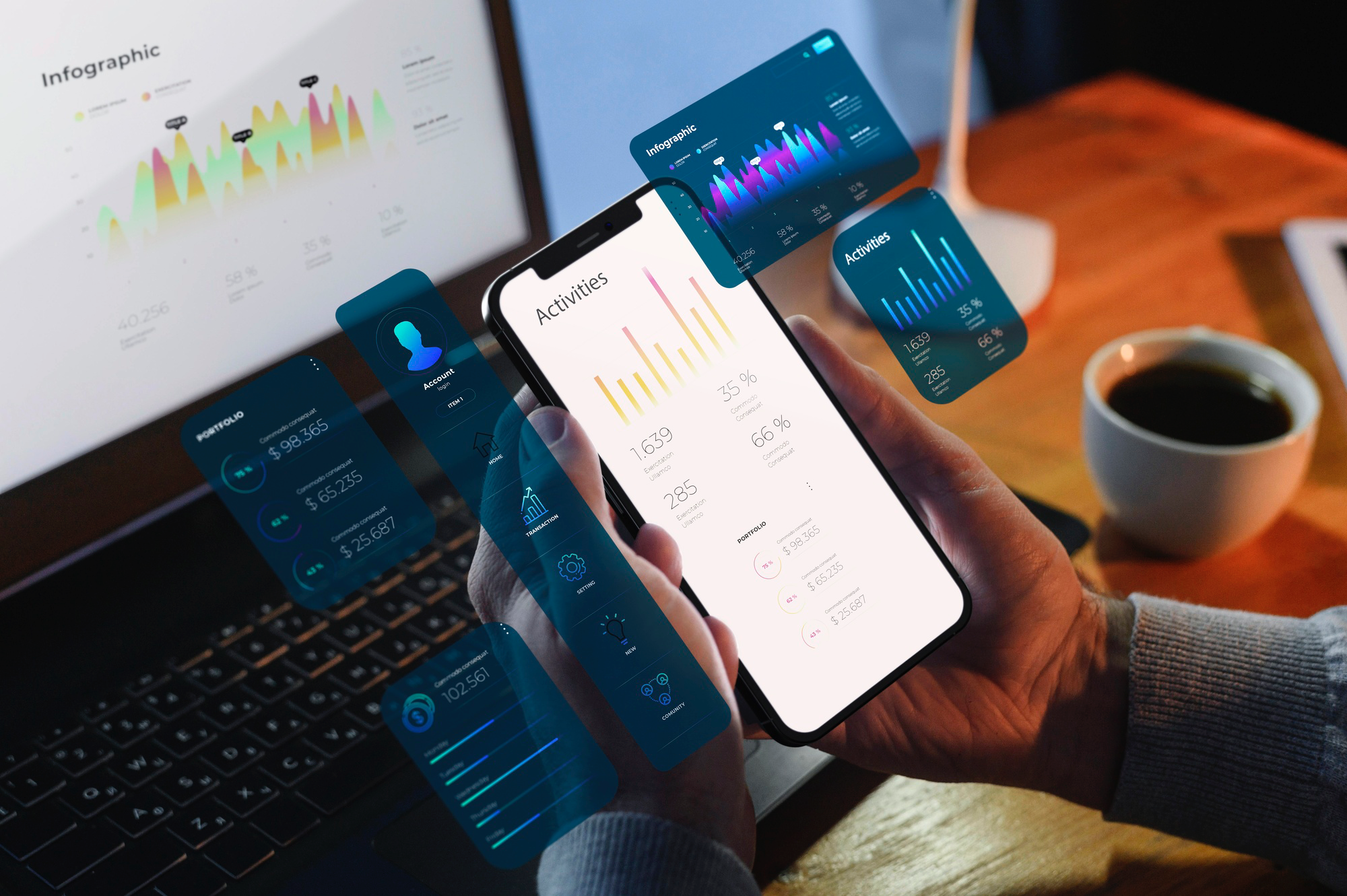Time is not enough… until you automate ⏱️
If you work in marketing, you know that time is the scarcest resource. Campaigns, leads, segmentation, content, follow-up… the list goes on and on. And the more your operation grows, the harder it becomes to scale without increasing costs or wearing out your team.
This is where marketing automation comes in: a strategic solution for doing more with less. It’s not just about sending automated emails, but about orchestrating complex processes, nurturing leads with surgical precision and freeing up time for what really matters: thinking big.
In this guide, we explore the most powerful marketing automation tools on the market. You’ll see how they can help you save time, improve conversion and scale your digital strategy efficiently, no matter the size of your business.
What is marketing automation and why is it key today? 💡
Marketing automation is the use of software to execute repetitive marketing tasks automatically. This includes everything from email flows to lead scoring, CRM, personalized messaging, omnichannel campaign management and much more.
Implementing it correctly allows you to:
- Save time on operational tasks.
- Personalize the customer experience at scale.
- Increase the efficiency of the conversion funnel.
- Measure and optimize with real-time data.
It’s no longer just a competitive advantage: it’s a necessity for any team that wants to scale intelligently.
Key marketing automation tools (and how to choose the best one for you)
1. HubSpot – The all-in-one suite for marketing, sales and service 💼
Ideal for: B2B companies, marketing teams with a focus on inbound and integrated sales.
HubSpot is probably the most complete benchmark in marketing automation. Its platform unifies CRM, marketing, sales and customer service in one place. You can create sophisticated workflows with conditional logic, dynamic segmentation, lead scoring and multichannel tracking.
Advantages:
- Automation based on behavior and life cycle.
- Native CRM without the need for external integrations.
- Excellent visualization of the customer journey.
Use case: A SaaS company that nurtures leads based on their behavior in webinars, emails and page views, and automatically qualifies them before sending them to the sales team.
Bi.be tip: Leverage “Workflows” to automate internal tasks, such as alerts to sales or property updates in the CRM.
2. ActiveCampaign – Intelligent Customer-Centric Automation 🧠
Ideal for: SMBs, e-commerce and businesses that prioritize customization.
ActiveCampaign stands out for its visual automation engine, which allows you to create hyper-personalized flows in minutes. It integrates CRM, email marketing and sales automation with a reasonable learning curve.
Advantages:
- Advanced segmentation and powerful conditional logic.
- Customizable lead scoring.
- Sales automation and personalized follow-up.
Use case: An online store that sends automatic campaigns based on purchase history, abandoned cart or interaction with newsletters.
Bi.be: Use its “tag” system to create micro-segmentations and automate with surgical precision.
3. Klaviyo – E-commerce automation with focus on revenue 🛒
Ideal for: DTC and e-commerce brands with operations on Shopify, WooCommerce, etc.
Klaviyo is designed to generate automatic revenue in online stores. Its deep integration with platforms such as Shopify allows you to create flows based on real customer data: purchase frequency, cart value, products visited…
Advantages:
- Ready-made templates for cart recovery, welcome, repurchase, etc. flows.
- Reports focused on business metrics (ROI per flow).
- Real-time event-based segmentation.
Use case: An apparel brand that launches automatic campaigns for frequent shoppers or for those who have not shopped for more than 60 days.
Bi.be Tip: Automates product recommendations based on browsing and purchase behavior.
4. Mailchimp – Simple automation for frictionless startup ✉️
Ideal for: Small teams, local businesses or start-up entrepreneurs.
Although known for its email marketing, Mailchimp has evolved to incorporate effective basic automation. Perfect for those looking for quick results without too much complexity.
Advantages:
- Simple welcome, cart, birthday flows.
- Intuitive templates and visual editor.
- Integrations with e-commerce and social networks.
Use case: A yoga center that automates welcome emails, class reminders and promotions based on user interaction.
Bi.be tip: Use the “segmented audiences” functionality for more relevant campaigns and to avoid spam.
5. Make (formerly Integromat) – Process automation without writing code. 🔄
Ideal for: Agencies, digital businesses and teams with complex flows.
Make allows you to connect tools such as CRM, social networks, email, forms, databases… all without programming. It is perfect to automate complete processes and save operational time.
Advantages:
- Highest flexibility to automate unique processes.
- Integration with more than 1,000 apps.
- Visual “flowchart” type interface.
Use case: An agency automating the passing of leads from campaign forms to their CRM and Slack, with notifications to the team.
Bi.be tip: Automate internal tasks, such as generating weekly reports or updating dashboards.
6. Pardot (Salesforce Marketing Cloud Account Engagement) – Enterprise automation at scale. 📊
Ideal for: Large companies with Salesforce ecosystems or complex sales teams.
Pardot is designed for long sales cycles and teams that need total alignment between marketing and sales. It offers advanced automations, lead scoring and complex nurtures, all connected to Salesforce CRM.
Advantages:
- Scalability for thousands of leads.
- Full integration with Salesforce ecosystems.
- Advanced scoring, reporting and nurturing capabilities.
Use case: A B2B company that needs to nurture leads for several months before converting them, with detailed reports on their maturity.
Bi.be tip: If you already use Salesforce, this integration can reduce friction and accelerate results.
Quick tool comparison 🔍
| Tool | Ideal for | Technical level | Approximate Price | Featured integrations |
|---|---|---|---|---|
| HubSpot | B2B Companies | Medium | €€ | CRM, Ads, CMS, networks |
| ActiveCampaign | SMEs and e-commerce | Medium | € | Shopify, WordPress, Zapier |
| Klaviyo | E-commerce | Under | € | Shopify, WooCommerce, Meta |
| Mailchimp | Small business | Under | € | Stripe, Canva, Facebook Ads |
| Make | Agencies / Complex processes | Medium-High | €€ | Almost any digital app |
| Pardot | Large Enterprises / Salesforce | High | €€€ | Salesforce, LinkedIn, Zoom |
Conclusion: Automating to scale without losing focus 🎯
Marketing automation is no longer an option, it is the bridge between your current operations and scalability. Choosing the right tool according to your type of business and digital maturity is key to get real results, without unnecessary complexity.
Automating is not dehumanizing, it is freeing up time for what really matters.



